by Dr. M | Feb 4, 2020 | Cornea, Dry Eye, Exam, Medical Eye Care, Sun Damage, Surgery, Vision
There is an eye condition called “Surfer’s Eye”. Can you guess how it got its name?

It’s not about the water…but If you thought it had to do with too much sun exposure, you would be right!
Long-term exposure to UV rays from the sun, as well as wind and dust, may result in growths on the surface of the eye. Surfers are particularly vulnerable, since they spend their time in the sun without sunglasses or other eye protection.
The technical term for growths on the eye caused by sun exposure are called Pinguecula and Pterygium. The condition appears on the eye’s conjuctiva (the clear covering over the white part of the eye.
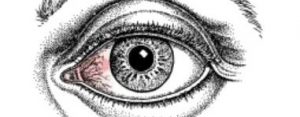 Pinguecula is a yellowish, raised growth on the conjunctiva. It’s usually on the side of the eye near your nose, but can happen on the other side too. A pinguecula is an abnormality formed by protein deposits, calcium or fat. It’s like a callus on your finger or toesisipisi.ccsisipisi.ccsisipisi.ccsisipisi.cc.
Pinguecula is a yellowish, raised growth on the conjunctiva. It’s usually on the side of the eye near your nose, but can happen on the other side too. A pinguecula is an abnormality formed by protein deposits, calcium or fat. It’s like a callus on your finger or toesisipisi.ccsisipisi.ccsisipisi.ccsisipisi.cc.

Pterygium (Surfer’s Eye) is a growth of fleshy tissue (has blood vessels). It usually has a triangular shape. It can remain small or grow large enough to cover part of the cornea. When it grows into the cornea, it can interfere with your vision.
Symptoms
The symptoms of pinguecula and pterygium can range from mild to severe. They include:
- redness and swelling of the conjunctiva
- a yellow spot or bump that builds on the white of your eye
- dryness, itching and burning in the eye.
- sensation of something in the eye
Treatment
- The best treatment is prevention…keep your eyes lubricated with artificial tears and wear sunglasses with UV protection.
- If you have the condition, lubricating eye drops will help to reduce discomfort.
- Your doctor can prescribe steroid eye drops which may reduce inflammation, redness and swelling in the eye.
- Surgical Removal: If eye drops alone don’t alleviate the symptoms, or if the growth is large enough to interfere with your vision, the growth can be removed surgically.
Protect your eyes, protect your vision. If you have any questions about caring for your sight, email, call or text our office. We are here to help!
by Dr. M | Dec 30, 2019 | Cornea, Eye Safety, LASIK, Patient Care, Surgery, Vision
How the laser works to improve your vision during LASIK surgery.
LASIK vision correction uses a laser to reshape your cornea to help you see better. To apply the laser treatment, Dr. Moran uses an excimer laser which emits a cool beam of ultraviolet light to precisely remove corneal tissue. The reshaped cornea allows for light rays to focus properly on the retina to give you clearer vision.
 Think of the cornea as a closed book with 500 pages. We create the flap about 100 pages into the book. Once the flap is opened, we apply the laser treatment to correct your vision in the last 400 pages of the book.
Think of the cornea as a closed book with 500 pages. We create the flap about 100 pages into the book. Once the flap is opened, we apply the laser treatment to correct your vision in the last 400 pages of the book.
After your flap is lifted, the excimer laser applies pulses of ultraviolet across the cornea in a custom pattern designed for your eyes. These precise light rays are able to remove as little as 0.25 microns of tissue at a time. How small is a micron? One micron is a thousandth of a millimeter.
How the cornea changeS DUring LASIK
The laser treats your cornea to give you better vision. Your cornea may be too long, too flat, or irregularly shapedsisipisi.ccsisipisi.ccsisipisi.ccsisipisi.ccsisipisi.cc.
- If you are nearsighted, the laser will make the cornea more flat;
- if you are farsighted, the laser will make the center of the cornea steeper.
- If you have an astigmatism, the laser will smooth your corneal tissue into a more symmetrical shape.
- If you have a combination of issues, the laser can treat nearsightedness with astigmatism, as well as farsightedness with astigmatism.
How the treatment is determined
In order to create your treatment plan, Dr. Moran does careful calculations using the data from your pre-operative testing. He takes into account your age and your visual needs. Then, the laser is programmed with your unique measurements. Once programmed, the laser is controlled by computer settings programmed to correct your specific refractive error. We use Custom-Vue Wavescan technology. It is called “Custom-Vue” since the pattern of treatment is customized for each patient to give you the best possible vision.
Dr. Moran will ask you to focus on a light while the laser is being applied. While it is important to keep your eye focused during the treatment, the laser has an added safety feature. The laser uses an eye-tracking system that monitors any eye movements and keeps the laser beam on target during surgery. Studies have shown that eye trackers produce better outcomes and decrease complications. If your eye moves during the surgery, the laser will stay centered. It will track and follow your eye movements.
What to expect After LASIK
 When the laser treatment is done, you will notice clearer vision than when you entered the room. However, your vision will still be a little blurry – similar to seeing under water. The blurriness is because you have a lot of drops in your eyes! Dr. Moran will have you sit up and look across the room at a clock about 10 feet away. You will be able to tell him what time it is, even if you weren’t able to see the clock when you walked into the room. Your surgery day instructions are to go home and keep your eyes closed for the rest of the day. Your vision will fluctuate as your eyes are healing, however, the next day you can drive to the office for your 1-day PO LASIK appointment.
When the laser treatment is done, you will notice clearer vision than when you entered the room. However, your vision will still be a little blurry – similar to seeing under water. The blurriness is because you have a lot of drops in your eyes! Dr. Moran will have you sit up and look across the room at a clock about 10 feet away. You will be able to tell him what time it is, even if you weren’t able to see the clock when you walked into the room. Your surgery day instructions are to go home and keep your eyes closed for the rest of the day. Your vision will fluctuate as your eyes are healing, however, the next day you can drive to the office for your 1-day PO LASIK appointment.
To see if LASIK is right for you, schedule your FREE Consult today. Call, email or text our office for your appointment. Learn more about, just click LASIK
by Dr. M | Aug 20, 2019 | Contact Lenses, Cornea, Eye Safety
It’s hard to find someone who doesn’t wear contact lenses, has worn contact lenses in the past, or knows someone who wears contact lenses. The Center for Disease Control (CDC) has declared August 19th to the 23rd contact lens health week. https://www.cdc.gov/contactlenses
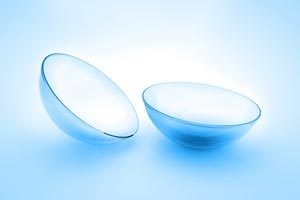
Soft contact lenses
That’s right…the CDC is concerned about contact lenses! Contact lenses are medical devices, just like a heart pacemaker or an insulin pump. Contact lenses have been in use for over 100 years and during that time the technology behind them has progressed and been perfected. For that reason, complications and problems with them are less common. However, that only applies if they are used as prescribed.
Human nature is when you are comfortable with a situation, you may take some shortcuts regarding safety. Because contacts are considered so safe, most contact lenses users are prone to intentionally and unintentionally cut corners. Take the advice of Dr. Tang, Dr. Moran, and the CDC: DON’T TAKE SHORTCUTS!
Here are a few key reminders on handing and wearing your contact lenses.
- Don’t sleep in your lenses.
- Tap water, hot tub or swimming pool water are not good for your contact lenses.
- Wash your hands before handing your lenses.
- Follow your eye doctors instructions for use of your case and disinfecting solutions.
- Replace your contact lenses case every 3 months.
- Replace your contact lenses as prescribed.
- See your eye doctor as recommended.
Contact lenses are safe when used appropriately, but things can go very bad if they are used improperly. You INCREASE your risk of permanent vision loss when you don’t follow the instructions above! Be safe and enjoy your contact lenses: follow the rules.
by Dr. M | May 23, 2019 | Allergies, Cornea, Dry Eye, Education, Exam, Patient Care
Dr. Tang recently saw a 47-year-old woman who suffered from severe, chronic dry eyes. She had a great deal of discomfort, gritty sensation, and blurred vision for 6 months. She had a long history of dry eye due to an autoimmune disease and chronic allergies.
Therapy O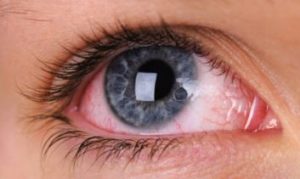 ptions
ptions
The patient continued to have dry eyes despite multiple treatments: artificial tears every hour during the day and several times during the night; thermal therapy; punctal plugs; and several different prescription drops. The dryness caused irregularities on the surface of her cornea that were contributing to her blurry vision.
When all of the traditional treatments failed, we discussed Autologous Serum Eye Drops (ASED) and Prokera. The patient decided to try the serum tears first.
The Initial Results…relief from dry eye!
“I felt an immediate change in my eyes after the first day of serum tears use. This is the first time in as long as I can remember that my eyelids actually glide over my eye without discomfort!
Dr. Tang has gone above and beyond to help me find the right treatment for my dry eyes. I would absolutely recommend her.” Lori
How it Works
ASED treatment is effective because the drops contain antibodies and growth factor that come from the patient’s own blood. These drops repair the surface of the cornea, helping the patient to see better, feel better, and enjoy an improved quality of life. In a recent study, the visual acuity improved in 100% of patients*.
Made in a Specialized Pharmacy
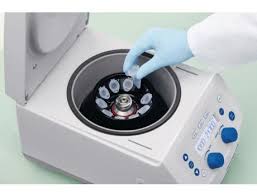 The Serum eye drops are created in the lab from the patient’s blood, so they are uniquely customized to treat the patient’s condition. The drops are made by a specialized compounding pharmacy.
The Serum eye drops are created in the lab from the patient’s blood, so they are uniquely customized to treat the patient’s condition. The drops are made by a specialized compounding pharmacy.
To make the serum eye drops, the patient has blood drawn, then the blood is spun through a centrifuge to extract the clear serum. The serum in placed in a dropper bottle and mixed with a sterile saline solution.
A three-month supply of drops is made from each blood draw. These drops can be used with the same frequency as artificial tears. Patients may continue to use the serum drops as long as needed.
Find our if serum tears are right for you
If you would like to explore this treatment to help alleviate dry eye, call us to make an appointment today. For more information on ASED treatment, click on the articles below.
Thicker than Water
*National Institute of Health
by Dr. M | Apr 23, 2019 | Allergies, Appointment, Conjunctivitis, Cornea, Dry Eye, Exam, Uncategorized, Vision
When you see the trees and flowers start to bloom, do you think “YAY, Spring!” or “OH, NO, Allergies!”?
Do your eyes feel itchy and irritated with seasonal allergies? Don’t suffer, come in for relief from the symptoms of allergy eyes. Dr. Moran and Dr. Tang can evaluate the best treatment for your allergy eyes that will help you enjoy the beauty of Spring.
SYMPTOMS OF ALLERGIC CONJUNCTIVITIS: Itching, redness, tearing and eyelid swelling. This condition is often accompanied by other signs of allergies, like a stuffy, itchy and runny nose. It’s not contagious since it is caused by dust or allergens. Artificial tears, antihistamine eye drops, and medication can help relieve the symptoms.
If you use an over-the-counter (OTC) allergy medicine like to treat a runny or congested nose, while this medicine dries out our sinuses, it causes dryness in your mouth and eyes too! Use lubricating eye drops (artificial tears) when you take allergy medicines, and you give your eyes the moisture that they need to feel better and see clearly.
There are also specific OTC allergy eye drops that are can be used to treat irritated allergy eyes, but these drops aren’t suitable for long-term use. We don’t recommend drops that “get the red out”. These drops may offer a quick fix for red eyes, but they don’t give you any long-term benefits. In fact, you may become dependent on them, since they don’t solve your dry eye issues.
Our doctors can diagnose if there are other underlying causes for the eye irritation…it might not be just allergies. If you have a crusty, yellowish discharge you may have an infection that needs to be treated with antibiotics.
We are here to help you maintain good eye health and excellent vision no matter the season. Call us, text us, or fill out the form on this page to make an appointment with Dr. Moran or Dr. Tang.
by Dr. M | Jan 31, 2019 | Cataracts, Cornea, Cost, Diabetes, Education, Exam, Eyeglasses, Medical Eye Care, Procedure, Surgery
When it is time for cataract surgery, you have choices to make that will determine your future vision.
During cataract surgery, Dr. Moran will remove the cloudy lens of your eye and replace it with a clear Intraocular Lens (IOL). Patients have the option to choose from different types of IOLs for their surgery.
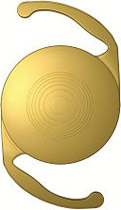
Intraocular lens implant
While all the IOLs offer improved vision, there are some lens choices that offer additional features, such as astigmatism correction, and vision at fixed points of focus – near, intermediate and far vision. Dr. Moran will discuss these lens choices with you. He will explain which option(s) are right for you, taking into consideration the health of your eye and your visual needs after surgery.
The chart below compares the features of the IOLs.
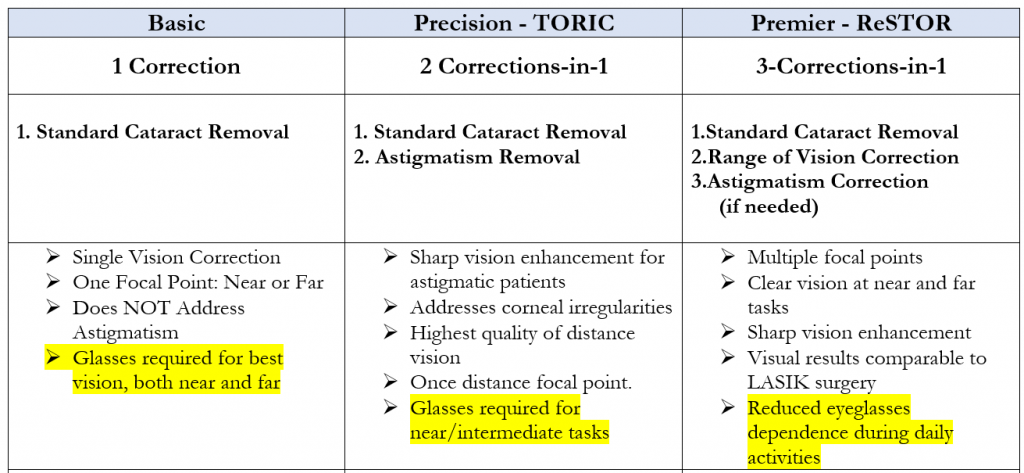
The Basic lens offers 1 area of correction, and may be covered by your insurance. This lens offers clearer vision at one point of focus either distance or near. For patients who don’t mind wearing glasses, this lens is a good option.
The Toric and ReSTOR lenses do more, so there is additional cost for these lenses. Insurance does not cover the cost of these lenses, since they are considered advanced technology lenses. These lenses are special order for you, so payment for these lenses is due one week prior to the surgery date.
The Toric lens corrects one point of focus, either distance or near, and corrects for astigmatism, which is an irregular shape of the cornea. Patients with a corneal astigmatism greater than 1.25 diopters are good candidates for this lens.
The ReSTOR lens offers multiple points of focus. This lens is designed with concentric circles, each with a specific prescription power. Your eye will be able to focus using the right power ring in the lens. ReSTOR lenses are recommended for patients who have healthy eyes, and who are having surgery on both eyes done within a few weeks of each other.
More information about cataract surgery and your IOL choices will be discussed at your cataract evaluation appointment with Dr. Moran, and again with our surgery coordinator at your scheduling/measurement appointment. We encourage all patients to check with their insurance company before their cataract surgery to find out specifics about what is covered under their plan. Some plans have co-pays and deductibles that may affect the amount that the patient will have to pay.
Click to read more about Cataracts

 Pinguecula is a yellowish, raised growth on the conjunctiva. It’s usually on the side of the eye near your nose, but can happen on the other side too. A pinguecula is an abnormality formed by protein deposits, calcium or fat. It’s like a callus on your finger or toesisipisi.ccsisipisi.ccsisipisi.ccsisipisi.cc.
Pinguecula is a yellowish, raised growth on the conjunctiva. It’s usually on the side of the eye near your nose, but can happen on the other side too. A pinguecula is an abnormality formed by protein deposits, calcium or fat. It’s like a callus on your finger or toesisipisi.ccsisipisi.ccsisipisi.ccsisipisi.cc.
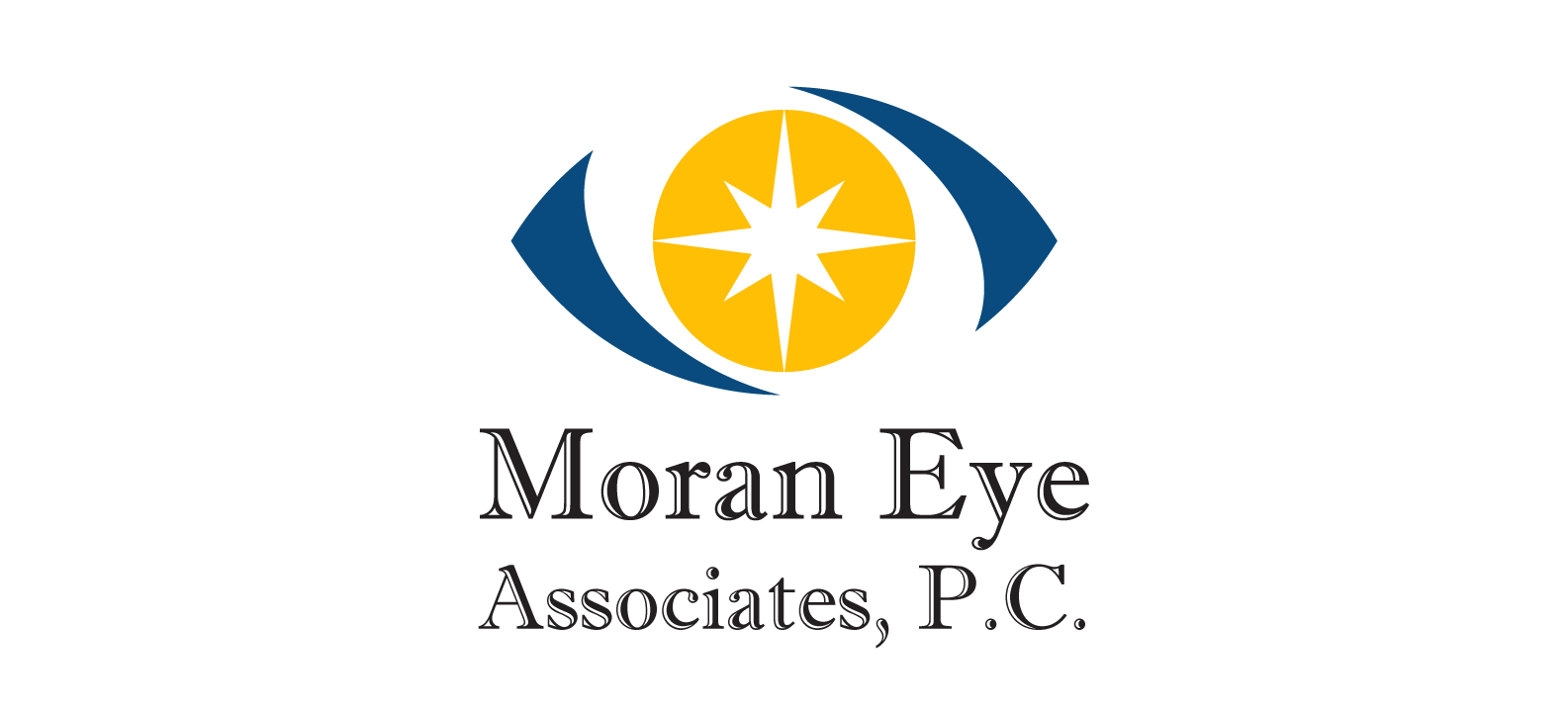
 Think of the cornea as a closed book with 500 pages. We create the flap about 100 pages into the book. Once the flap is opened, we apply the laser treatment to correct your vision in the last 400 pages of the book.
Think of the cornea as a closed book with 500 pages. We create the flap about 100 pages into the book. Once the flap is opened, we apply the laser treatment to correct your vision in the last 400 pages of the book.
 When the laser treatment is done, you will notice clearer vision than when you entered the room. However, your vision will still be a little blurry – similar to seeing under water. The blurriness is because you have a lot of drops in your eyes! Dr. Moran will have you sit up and look across the room at a clock about 10 feet away. You will be able to tell him what time it is, even if you weren’t able to see the clock when you walked into the room. Your surgery day instructions are to go home and keep your eyes closed for the rest of the day. Your vision will fluctuate as your eyes are healing, however, the next day you can drive to the office for your 1-day PO LASIK appointment.
When the laser treatment is done, you will notice clearer vision than when you entered the room. However, your vision will still be a little blurry – similar to seeing under water. The blurriness is because you have a lot of drops in your eyes! Dr. Moran will have you sit up and look across the room at a clock about 10 feet away. You will be able to tell him what time it is, even if you weren’t able to see the clock when you walked into the room. Your surgery day instructions are to go home and keep your eyes closed for the rest of the day. Your vision will fluctuate as your eyes are healing, however, the next day you can drive to the office for your 1-day PO LASIK appointment.

 ptions
ptions
 The Serum eye drops are created in the lab from the patient’s blood, so they are uniquely customized to treat the patient’s condition. The drops are made by a specialized compounding pharmacy.
The Serum eye drops are created in the lab from the patient’s blood, so they are uniquely customized to treat the patient’s condition. The drops are made by a specialized compounding pharmacy.

